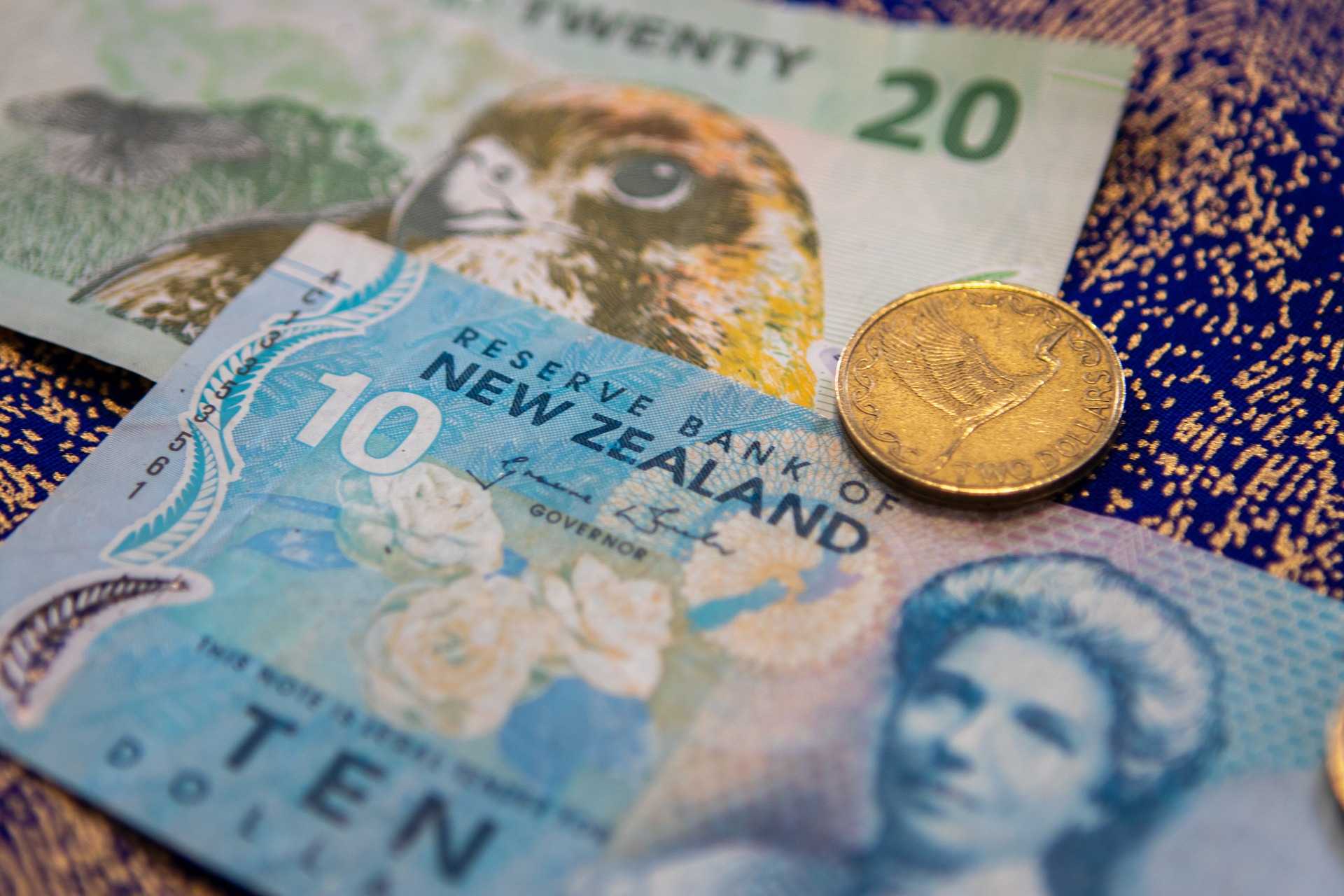NZD/USD continues to strengthen, moving to April 2018 high levels at 0.7317, as it crosses the January highs at 0.7316 after S&P’s positive rating.

NZD/USD On Uptrend
New Zealand dollar has started the week with gains. It has surged higher against the US dollar, moving above the key resistance level reached on 6th January 2021 at 0.7316 and currently placed at the 2018 high levels.
The NZD/USD has moved higher, with the Standard & Poor credit rating agency raising New Zealand to AA+ from AA. The credit rating agency states that New Zealand’s credit metrics can “withstand potential negative shocks” on the economy, as quick recovery from the coronavirus pandemic is seen in the country. The covid pandemic has been handled well, and economic activities have improved faster in New Zealand than in other countries, which has improved the New Zealand dollar against the USD Index.
Interest Rate Decision by the RBNZ
The RBNZ has taken a bullish viewpoint on the economy. Rates will continue at 0.25% say, experts. A hike in rates may reflect that the RBNZ is more bullish on the economy.
New Zealand’s Interest Rate decision on 24th February will be a key event to be watched. As economic activity is buzzing again, further stimulus measures will not be necessary, say experts. The Reserve Bank of New Zealand has tried to stimulate the economy by removing the loan to value ratio as a temporary measure. It has encouraged easy borrowing, which in turn has increased house prices.
The RBNZ has announced that restrictions will be back in place, and investors will now have to pay a minimum of 40% of their house price as a deposit when purchasing a house.
Covid Vaccine Rollout
The recent outbreak in Auckland has resulted in a three-day lockdown. Prime Minister Jacinda Ardern has announced that a cautious approach will be taken with heightened restrictions, to prevent the virus spread.
The vaccination against the Covid and re-opening of the border is positive for the economy and the NZD/USD.
Economic Sentiment in New Zealand
In March 2020, a four-tier alert level was imposed by the New Zealand government. The elimination strategy and lockdown restriction have helped the country to be successful in its battle against the covid-19. Economic activities have improved with the removal of restrictions, as covid infections have almost been eliminated.
The Consumer Confidence indicator is positive in January at 113.8 against 112.0 in December, according to reports from ANZ-Roy Morgan. It is the best level in 11 months. Household consumer confidence has improved. Private consumption is expected to grow 4.5% in 2021 and 3.1% in 2022.
General business conditions have improved in February 2021. The ANZ bank business outlook indicator has improved in February, the highest since September 2017. Business investments are improving, and employment growth is seen. Business outlook has grown strong at 22.3% in February against 21.7% in December.
The Unemployment Rate has gone down to 4.9% for the quarter ended December 2020, better than the previous quarter at 5.3%. The average unemployment rate is expected to be 6.2% in 2021 and 5.4% in 2022.
Inflation is higher at 1.4% for the fourth quarter of 2020, though the estimated rate was 1%. Domestic accommodation and construction show an increase in prices.
Producer Price Index has come down for the last quarter of 2020 to 0.0%, while it was 0.6% in the third quarter and is placed lower than the expected 0.1%. Manufacturing has increased in dairy products, meat, and meat products. Manufacturing in petrol and coal products have fallen. Output prices have increased 0.4% for the quarter ended December 2020, especially in dairy cattle farming.
Retail Sales have seen a sharp slide from 28.0% in the third quarter to 2.7% in the fourth quarter of 2020.
China and New Zealand Sign Trade Deal
New Zealand has upgraded its existing free trade deal with China by which commodities can be exported to global countries. The pact was signed on Tuesday by Trade Minister Damien O ‘Connor by a virtual signing ceremony, though it was concluded in November 2019. The upgraded pact will allow free access to China to its wood and paper trade, which will improve trade y NZ$ 3 billion. Industries involved in sectors like seafood, forestry, and other primary industries will gain by the pact, says the trade minister.
NZD/JPY
The New Zealand dollar against the Japanese yen is above the key resistance at 77.00, indicating a further uptrend. However, if it falls below the 16th February high at 76.70, the NZD/JPY has a chance of falling lower. The currency pair is above the 2019 high at 76.75, which is another positive indication for the NZD/JPY.
US Dollar Index
The year 2020 had affected the USD Index, and the value of the US dollar dropped sharply. The US dollar faced resistance at 91.00 in mid-February and is on its way down. Experts say that the dollar retreat is due to the large stimulus pack to be rolled out by the government, which may increase debt and lead to higher inflation, which may impact the NZD/USD.